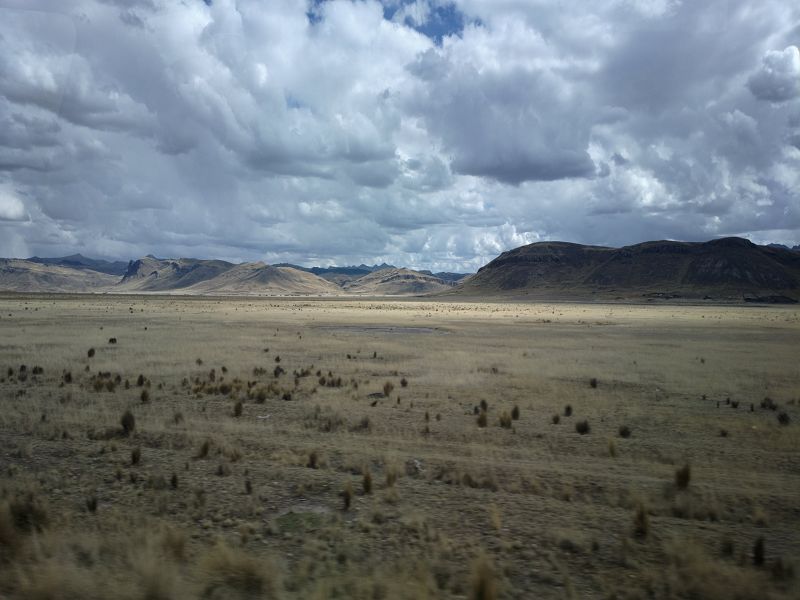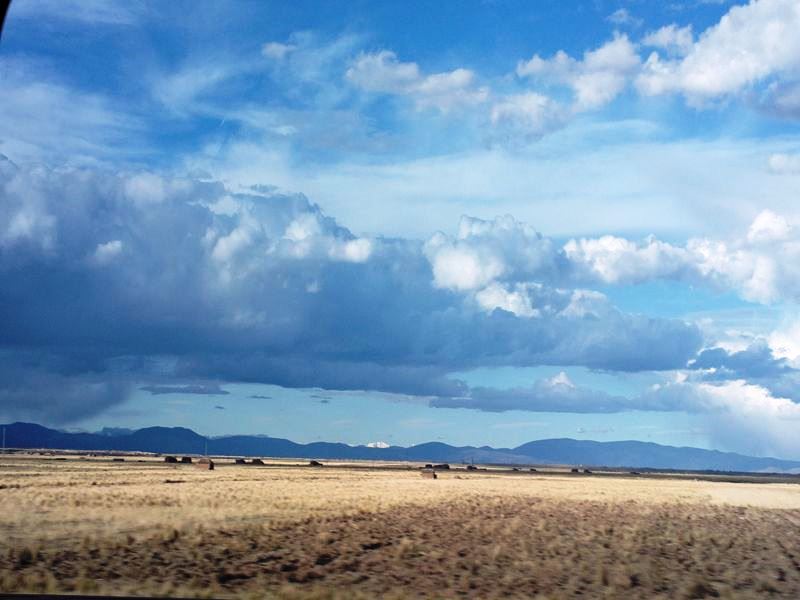 Safaris
Bergsteigen
Wandern
Inselwandern Weltweit
Safaris
Bergsteigen
Wandern
Inselwandern Weltweit
 Europa
Inselwandern
Europa
Inselwandern
 Städtewandern
Städtewandern
 Paintings
Paintings Dirk Rauschenbach
Dirk Rauschenbach
 Safaris
Bergsteigen
Wandern
Inselwandern Weltweit
Safaris
Bergsteigen
Wandern
Inselwandern Weltweit
|
 Europa
Inselwandern
Europa
Inselwandern
|
 Städtewandern
Städtewandern
|
 Paintings
Paintings |
 Dirk Rauschenbach
Dirk Rauschenbach
|
|
zurück Peru PUNO Kankancho Hammelfleisch con papas Arrugadas
|
|
|
| Peru Cuso Puno Lago Titicaca Titicacasee Fahrt von Cusco nach PUNO La Raya Pass Kankancho Hammelfleisch | Peru Cuso Puno Lago Titicaca Titicacasee Fahrt von Cusco nach PUNO Peruwagen Volkswagen Peru Käfer |
|
|
|
| Peru Cuso Puno Lago Titicaca Titicacasee Fahrt von Cusco nach PUNO La Raya Pass kankancho Hammelfleisch Juliaca | Peru Cuso Puno Lago Titicaca Titicacasee Fahrt von Cusco nach PUNO La Raya Pass kankancho Hammelfleisch Juliaca |
|
|
|
| Peru Cuso Puno Lago Titicaca Titicacasee Fahrt von Cusco nach PUNO La Raya Pass kankancho Hammelfleisch Juliaca | Peru Puno Lago Titicaca Titicacasee Ruinen des Wiraqocha-Tempels in Raqui mit bis zu 12 m hohen Mauern |
|
|
|
| Juliaca Kaffe cafecito Toro de Casa Hausbeschützer Stier auf Dach als Symbol des Beschützers | Peru Puno Lago Titicaca Titicacasee Kopi Luwak Cecovasa Coffe Cafe Kopi Luwak |
|
|
|
| Peru Puno Lago Titicaca Titicacasee feuerwasser | Peru Puno Lago Titicaca Titicacasee Kopi Luwak Cecovasa Coffe Cafe Kopi Luwak |
Pucara und seine berühmten Bullen von PucaraDiese Stadt ist bekannt für seine "Bullen von Pucara" (handgefertigte Stücke der religiösen Zauberzeichen ), die während des Festes Kennzeichnung Rinder oder señalacuy geliefert werden. Interessant ist, dass diese Handwerke sind in Pucara aber Pupuja 15 km produziert das Dorf. Die Bullen sind benannt Pucara, weil sie auf dem Bahnhof in dieser Stadt, wo sie berühmt wurde verkauft. Hier in der Nähe ist, die Zitadelle von Kalasaya von Pucara Herkunft und später von der Tiahuanaco bewohnt. Besuchen Sie auch das Museum für Lithic Pucara, die Monolithen, Stelen und zoomorphen Skulpturen zeigt. Höhe: 3996 m. Entfernung: 107 km (1h 30 min) N von Puno |
|
| Toros Pukara | |
|
|
|
| Peru Puno Lago Titicaca Titicacasee Toro | Steinbruch Pukara |
 |
 |
| Peru Puno Lago Titicaca Titicacasee Altiplano | Peru Puno Lago Titicaca Titicacasee Altiplano |
|
The Altiplano, also known as the High Plateau, is a vast, elevated plateau located in the central Andes of South America. It spans across parts of Bolivia, Peru, Chile, and Argentina, with an average altitude of about 3,500 meters (11,500 feet) above sea level, making it one of the highest inhabited regions in the world. Key Features of the Altiplano:
Cultural Significance:
Economy:
Challenges:Living at such high altitudes presents several challenges, such as the lack of oxygen, which can cause altitude sickness for those not acclimated. The harsh climate, limited water resources, and remoteness also pose difficulties for those living and working in the region. |
Kopi Luwak, also known as Civet Coffee, is a unique and luxurious coffee that is produced through a rather unusual process. The coffee beans used to make Kopi Luwak are eaten and excreted by a civet, a small mammal native to Southeast Asia. The beans are then collected from the feces of the animal, cleaned, and roasted to make coffee. The Process:
Flavor Profile:The unique fermentation process is said to impart a distinctive, smooth, and less acidic taste to the coffee. Many people describe the flavor of Kopi Luwak as earthy, rich, and slightly sweet, with a full body and low acidity. However, taste preferences can vary, and some people find it less enjoyable due to its unusual production method. Cost and Rarity:Kopi Luwak is one of the most expensive coffees in the world, often selling for hundreds of dollars per pound. The price is attributed to the labor-intensive process and the rarity of the coffee, as the civet can only produce a limited amount of beans. Ethical Considerations:In recent years, ethical concerns have been raised about the production of Kopi Luwak. Some farms keep civets in captivity in poor conditions, which can harm the animals and result in low-quality coffee. Ethical producers focus on wild civets that roam free, ensuring that the process is as humane as possible, though this still remains controversial. In Summary:While Kopi Luwak is considered a delicacy by some coffee enthusiasts due to its unique flavor and rarity, it's also important to approach its consumption thoughtfully, considering both its environmental and ethical implications. |
![]() 26.07.25 Copyright Dirk
Rauschenbach Koelnerstrasse 293 51702 Bergneustadt
Datenschutzerklaerung 02261 9788972 Mail ccooly(
at) web.de
26.07.25 Copyright Dirk
Rauschenbach Koelnerstrasse 293 51702 Bergneustadt
Datenschutzerklaerung 02261 9788972 Mail ccooly(
at) web.de